Before heading back to North Carolina, a 3hrs drive, I drove up to The Roanoke Star, also known as the Mill Mountain Star, taking a deep breath on top 1,740 feet (530 m) feet above sea level, overlooking downtown Roanoke and the cascading Blue Ridge Parkway mountains in background, of course not leaving the place without taking long exposure image of downtown Roanoke, Virginia nightscape.
|
Yesterday’s 70.3 Blue Ridge, Virginia Ironman was the hottest by far I covered with Finisherpix, with a temperature as high as 91 at the peak. My last assignment was at the finish line and I can witness the agony on some of the athletes upon entering the red carpet crossing the finishing line and some even could hardly walk due to leg cramp but very determine to complete the race, seeing their face with happiness and a big accomplishment for finishing the 1.2 miles swim, 56 miles bike with an epic five-mile climb to the Blue Ridge Parkway entrance and 13.1 miles run most on full and some on relay. After the race I have to take a rest in the car at a covered car park for an 1hr, aircon is running to release my body temperature. My car was parked outside during the race, just when I open the door, I feel the heat inside the car, my unfinished coffee is like newly brewed, my banana muffins feel like fresh from oven and my gummy multi vitamins inside my luggage melted like jelly ace but, overall, it was a fun shooting with photogs buddy, few whom I meet before in some races and few are new acquaintance. Meeting in person for the first time with Eddie Silver of Finisherpix as our team leader who hired me few years back with a referral from Icky Salazar, it was nice meeting you sir! My roommate Vladimir, whom he shared some stories looking back how he start working with Finisherpix and even before the company was started, great info before we call for a day last Saturday, nice meeting you too Vlad and hope to see you in the future races.
Before heading back to North Carolina, a 3hrs drive, I drove up to The Roanoke Star, also known as the Mill Mountain Star, taking a deep breath on top 1,740 feet (530 m) feet above sea level, overlooking downtown Roanoke and the cascading Blue Ridge Parkway mountains in background, of course not leaving the place without taking long exposure image of downtown Roanoke, Virginia nightscape. Niko D500 + Nikkor 24-70mm + LR + PS Aperture Priority | 1/125sec | f/13 | ISO100 | @26mm Photos By: Glennboi Photography www.glennboi.com Mayon, also known as Mayon Volcano or Mount Mayon, is an active stratovolcano in the province of Albay in Bicol Region, on the large island of Luzon in the Philippines. Renowned as the "perfect cone" because of its symmetric conical shape, the volcano with its surrounding landscape was declared a national park on July 20, 1938, the first in the nation. It was reclassified a Natural Park and renamed as the Mayon Volcano Natural Park in 2000. Local folklore refers to the volcano being named after the legendary princess-heroine Daragang Magayon(English: Beautiful Lady). Numerous festivals and rituals are associated with the volcano and its landscape. The volcano is the centerpiece of the Albay Biosphere Reserve, declared by UNESCO in 2016. DJI Phantom 4 + LR + PS Auto Mode | 1/120sec | f/2.8 | ISO155 | @3.61mm (in 35mm: 20mm) Mayon is the most active volcano in the Philippines, erupting over 47 times in the past 500 years. The first eruption for which an extended account exists was the six-day event of July 20, 1766.
An old photograph of the Cagsawa ruins with the façade still standing. The church was largely destroyed during the 1814 eruption of Mayon. Only the bell tower exists today. The most destructive eruption of Mayon occurred on February 1, 1814 (VEI=4). Lava flowed but less than the 1766 eruption. The volcano belched dark ash and eventually bombarded the town of Cagsawa with tephra that buried it. Trees burned, and rivers were certainly damaged. Proximate areas were also devastated by the eruption, with ash accumulating to 9 m (30 ft) in depth. In Cagsawa, 1,200 locals perished in what is considered to be the most lethal eruption in Mayon's history according to PHIVOLCS. The eruption is believed to have contributed to the accumulation of atmospheric ash together with the catastrophic 1815 eruption of other volcanoes like Indonesia's Mount Tambora, leading to the Year Without a Summer in 1816. Source: Wikipedia Photos By: Glennboi Photography www.glennboi.com Bagwell Field at Dowdy–Ficklen Stadium is the on-campus football facility for the East Carolina Pirates in Greenville, North Carolina. The official capacity of the stadium is 50,000, making it the third largest college stadium in North Carolina. The record attendance for the stadium was on September 20, 2014 against the University of North Carolina at Chapel Hill with 51,082 in attendance. The stadium is also the site of Spring Commencement exercises for the University.
History Original construction The initiative to build a new stadium was announced on October 7, 1961. On that day, President Leo Jenkins announced to a meeting of boosters, that a new stadium will be built to replace College Stadium. By 1962, over $280,000 was raised and Ficklen Memorial Stadium was built. The stadium was named for James Skinner Ficklen, the owner of Greenville's E.B. Skinner Tobacco Company. Skinner was a booster of the college and established a scholarship fund in his name. The original stadium included permanent stands on the south side, a press box, and a lighting system. Ficklen Memorial Stadium opened on September 21, 1963 with a win against Wake Forest. The original seating capacity was 10,000. Early expansions The north side permanent seating was constructed in 1967 and 1968, increasing the capacity of the stadium to 20,000. The seats were designed by W.M. Freeman Associates from High Point, North Carolina. The exterior of the stadium was painted in 1970 by F.A. Miller Company. The lighting system was the next item that changed. The original lighting system was replaced with six towers outside of the stadium in 1975. The cost of the new lighting system was $450,000. L.E. Wooten company built the lighting system. The next addition occurred two years later. The university added seats to the four corners increased the seating capacity to 35,000. This addition made Ficklen Memorial Stadium the third largest stadium in North Carolina. The expansion was funded by a $2.5 million drive in the spring of 1977. The three-story press box which is currently in use was built during that expansion. The press box had space for 92 writers and an entire floor for electronic media. Lastly, scoreboard with a lightbank message center was placed on the east end of the stadium. The playing surface was redone in 1983. A new drainage system, new base of gravel and sand, new treated topsoil, and a new grass—Tifton 419 Hybrid Bermuda were all installed. A new sound system was built in 1988. 1990s expansions In 1991, $1.6 million in renovations and repairs were accomplished on the stadium. Ronald and Mary Ellen Dowdy of Orlando, Florida, donated one million dollars during a fund-raising drive in 1994. Because of this donation, Ficklen Memorial Stadium was renamed Dowdy–Ficklen Stadium. Also, that year the roads were improved around the stadium. A year later, Al and Debbie Bagwell of Lake Gaston, Virginia donated to the East Carolina Educational Foundation. Because of this donation, the field inside the stadium was named Bagwell Field. The upper deck on the north side was completed in 1998. It increased the capacity to 40,000. This was the first seating capacity increase since 1977. A year later the club level on the north side was completed. It added 3,000 seats to the total capacity. During the expansion of the upper deck and club level, the press box received improvements. In 1999, a $2 million scoreboard was built in the east end zone. Also that year a Pirate sculpture was dedicated in the southeast area of the stadium. The three-ton bronze sculpture is over 20 feet (6.1 m) tall. Irwin Belk gave the sculpture to the school. Jodi Hollnagel, a faculty member of the School of Art created the sculpture. Source: Wikipedia Photos By: Glennboi Photography www.glennboi.com Constructed in 1882, by Hiram King this large, two-story home was purchased by George W. Vanderbilt to house his rangers. Ranger George Gillespie and his family boarded eight forestry students in the rooms upstairs. For two meals each day, Mrs. Gillespie fed the students along with her family. Part of the garden near the house became a seedling nursery for school projects. Photos By: Glennboi Photography
www.glennboi.com The Orlando Eye is a 400 ft (122 m) tall giant Ferris wheel in Orlando, Florida, US. It carried its first passenger on April 29, 2015. Since July 28, 2016, it has been known as Coca-Cola Orlando Eye. The Orlando Eye is operated by Merlin Entertainments, which also runs the world-famous London Eye. It's described as an observation wheel, because "[t]his is a stabilized-driven (capsule) that gives you a really smooth experience on the way around, so it doesn't feel like when you're at 400-feet, that you're swinging around in mid-air." According to its official website, the Orlando Eye is the first wheel ever to use such a system in combination with a suspended 'ski lift capsule design'. The wheel was reported to be in the early stages of planning in March 2011, with completion due in the summer of 2014 and was approved by county commissioners in September 2012. In January 2013, it was reported that the expected opening date had been pushed back to "by Thanksgiving [November] 2014". Erection of the main support structure began in December 2013. In April 2014 it was reported that completion had been further delayed until Spring 2015. Installation of the 30 air-conditioned passenger capsules, each of which can carry up to 15 persons, began in mid-January 2015, and the last capsule was installed on February 5, 2015. In mid-February, it was announced that the soft opening was scheduled for May 1, followed by a grand opening ceremony on May 4.
Triangle area will come alive with Caribmask Carnival Week, celebrating the Caribbean culture through music, food, art and more ... featuring our world famous Parade of Bands and Festival Village. 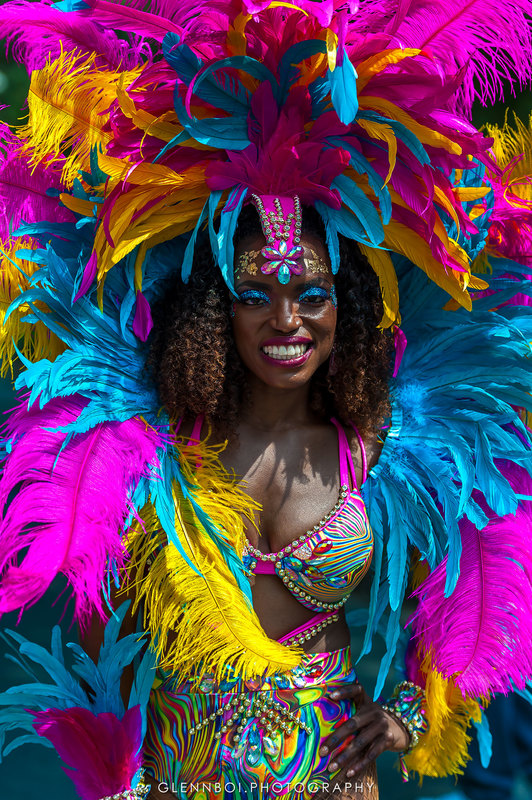 It was a real party in downtown Raleigh Saturday afternoon, as the CaribMask Festival returned to Fayetteville Street. Colorful dancers and Caribbean style bands performed for the crowd in downtown Raleigh, North Carolina. A melting point of diverse culture and pride, the Caribbean is a place like no other. The festival is in it's fourth year in the Capital City.
Nikon D5300 + Sigma 10-20mm + Manfrotto 055PROB + Trigger Trap + LR + PS Manual Mode | 1/10sec | f/9 | ISO100 | @10mm It was an award of waiting game at last! As a saying goes "Patience Is A Virtue". It was a bad weather for the past days here in Raleigh last week, most of the afternoon, either cloudy or raining most in the afternoon. This is just a 15 mins drive away from where I stayed. Every afternoon after my day job, I should look at the sky and hoping for a good weather, before finally the sunflowers will be gone this year and finally answered prayers last Friday. I saw a good formation in the clouds and the sun is perfect! I had to rush to the place and I arrived 1.5hrs. ahead of this very beautiful sunset.
Within my waiting until the sundown, I should look for a good spot, good angle where I should position my tripod, composition and find a good background and foreground. My challenges are the people who also amazed of the beautiful sunset, with their phone. This would be our big challenges now a day! I also had another worry in mind, while I was standing in the middle of the garden with 3-5ft high sunflowers, is the snake! It was reported that there was some snake in the area a few days ago, and one of the visitors was bitten, I had my eyes 360° looking down if some stranger visitor around me :( and, I must uncomplainingly wait until those people will be clear out of my viewfinder, but I already took some images on my foreground with an overexposure to have some lights. Then finally just before the sun disappears, I completed the whole image with a clear path from those photographers in front of me. I took around 20 shoots with different exposure, the last frame has been almost totally dark with just a little sun glow in my image with 1/500 shutter speed. I started taking pictures at 1/5 shutter speed with a total over exposed in my sky but a good exposure for my foreground. I set my aperture at fixed f/9, with my lowest ISO100. Since the picture was taken for a few minutes with the little wind, my post processing was manually layer mask on different layers since the auto blend (HDR) will not work for this image when your subjects are not stationary. Finally, I had this best stunning sunset in the sunflower garden. Till next year! Gears Used: Camera: Nikon 5300 Lens: Sigma 10-20mm Tripod: Manfrotto 055PROB Trigger: iPhone+TriggerTrap Post Processing: Adobe Ligthroom and Photoshop Those who frequent the Neuse River Greenway Trail may be in for a surprise this weekend – thousands of radiant sunflowers along the path are in bloom. But as beautiful as they are, there is a purpose behind their presence. During the months of June and July, there is a special treat for greenway users along the Neuse River Trail. Guests will be able to enjoy a beautiful field of sunflowers. The fields serve as an application site for biosolids from the Neuse River Resource Recovery Facility. The stabilized sludge (biosolids) is applied to the field as a fertilizer. The sunflowers are planted to keep the nitrogen-rich soil from washing into the streams and rivers in the watershed. Finally, the sunflowers are harvested and the seeds are used to produce biodiesel. The sunflowers have become an annual attraction for residents and tourists alike. As the plants grow each year, so does the anticipation until one day the field of green along the trail’s Mile Marker 23 is transformed into a sea bursting with swaying, yellow blooms. The flowers can be seen along the trail around Mile Marker 23 of the Neuse River Trail, near 2441 Brown Field Drive Road. To view the sunflowers, you can park at the Auburn-Knightdale lot located at 2901 Auburn-Knightdale Rd (approximately 2 miles to the sunflowers) or you can park at the Mial Plantation access point located at 6008 Mial Plantation Rd (approximately 1.5 miles to the sunflowers). The North Carolina mountains fall foliage season is a beautiful show each and every year, The fall leaf color changes start in the higher elevations of the Western North Carolina mountains about the first week of October and will work its way down to the lower elevations of the mountains in mid November. Due to the varied elevations of the Blue Ridge Mountains and the Great Smoky Mountains you can always find the best show of color somewhere in the fall months of September, October and November. The biggest factors involved in the changing colors of the foliage are elevation and the weather. The warmer the weather the slower the progression of color. Cooler temperatures and an early frost will speed up the leaf color change show. Located front-right of the church of Oslob, Cebu, Philippines, just outside the perimeter stone fence and near the sea, at the intersection of Calle Aeternidad (Eternidad?) and the end of Calle Aragones, an unfinished building made of coral blocks stand. This unfinished structure was the cuartel, intended for the Spanish soldiers or guardia civil. It was started by Fray Juan Jose Aragones (1848 – 1854, 1859 – 1861) during his second term of service in this municipality. While it was not finished by Fray Aragones, work continued but remained unfinished until the end of Spanish Occupation. |
AuthorGlenn Tumanda Gamayot, known by his friends as Glennboi is a freelance photographer from the Philippines and now currently based in North Carolina, USA. He discover his hidden artistic talent in photography back in 2005 when he was still working as a Mainframe IT Consultant in Singapore. He own and manage GLENNBOI PHOTOGRAPHY & PRODUCTIONS, he believes that in photography "No matter how sophisticated the camera, the photographer is still the one that makes the picture." Archives
June 2021
Categories |

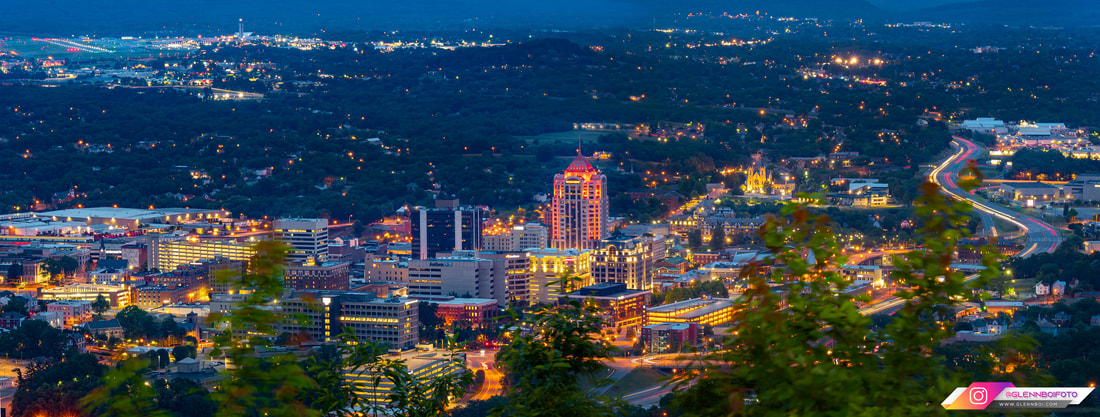
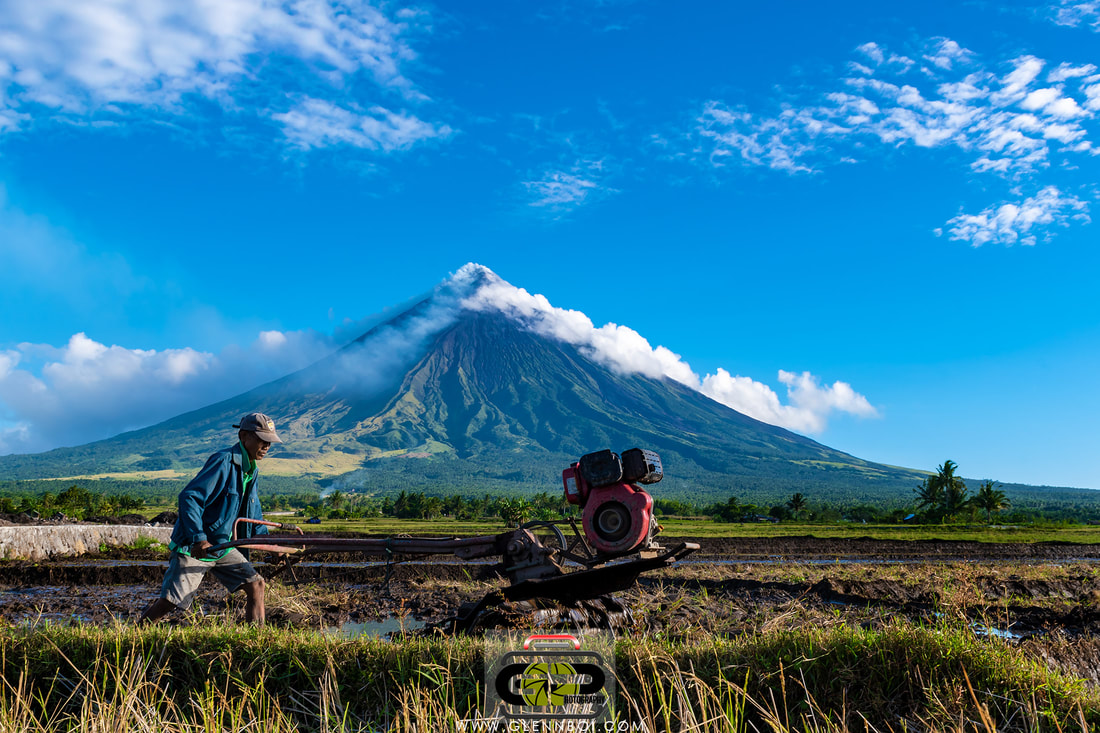
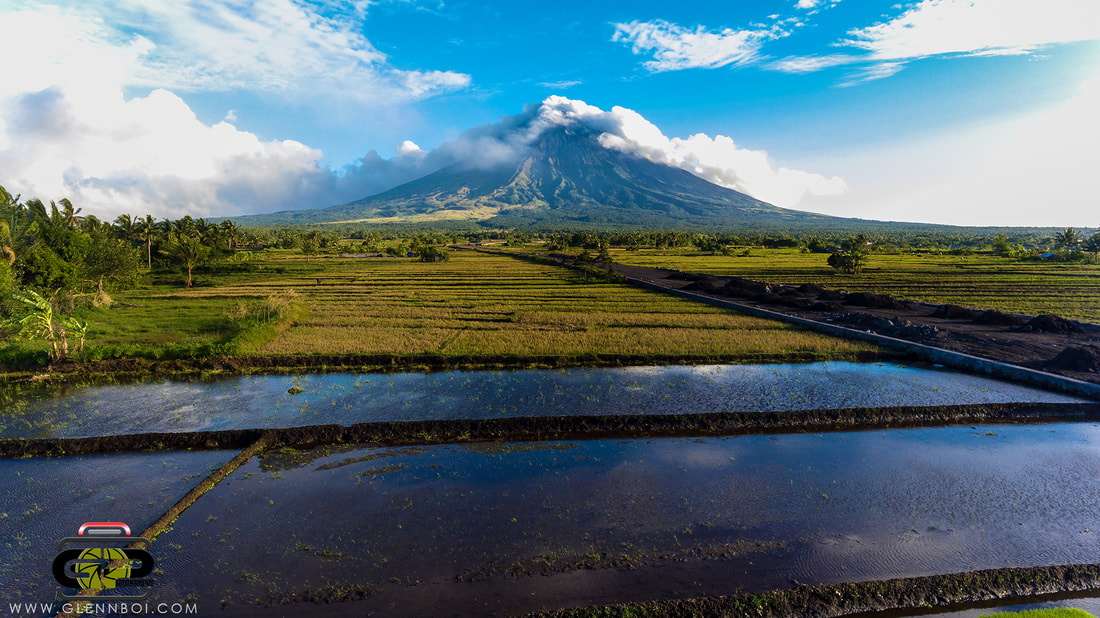

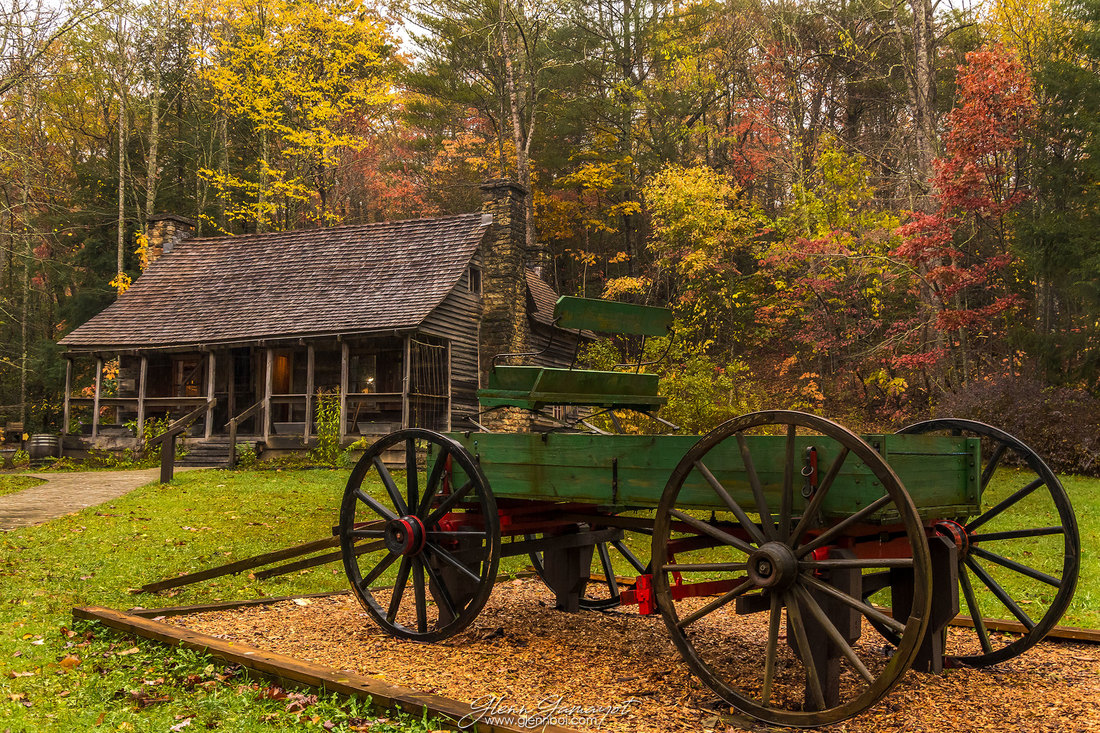
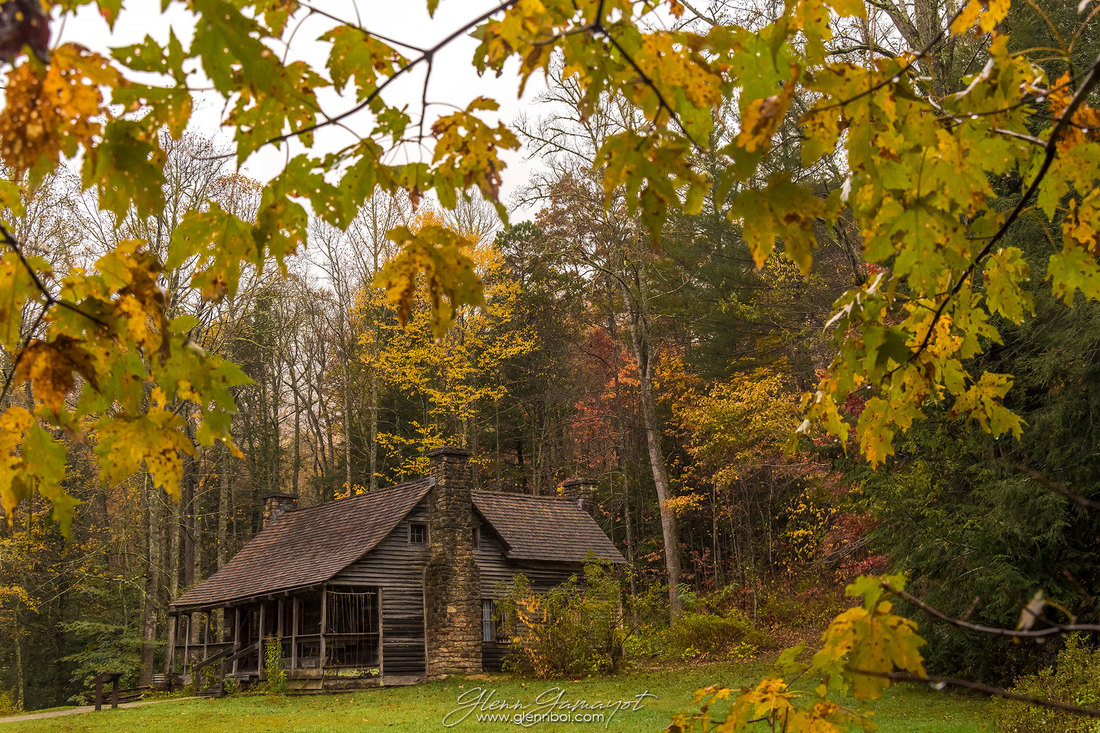
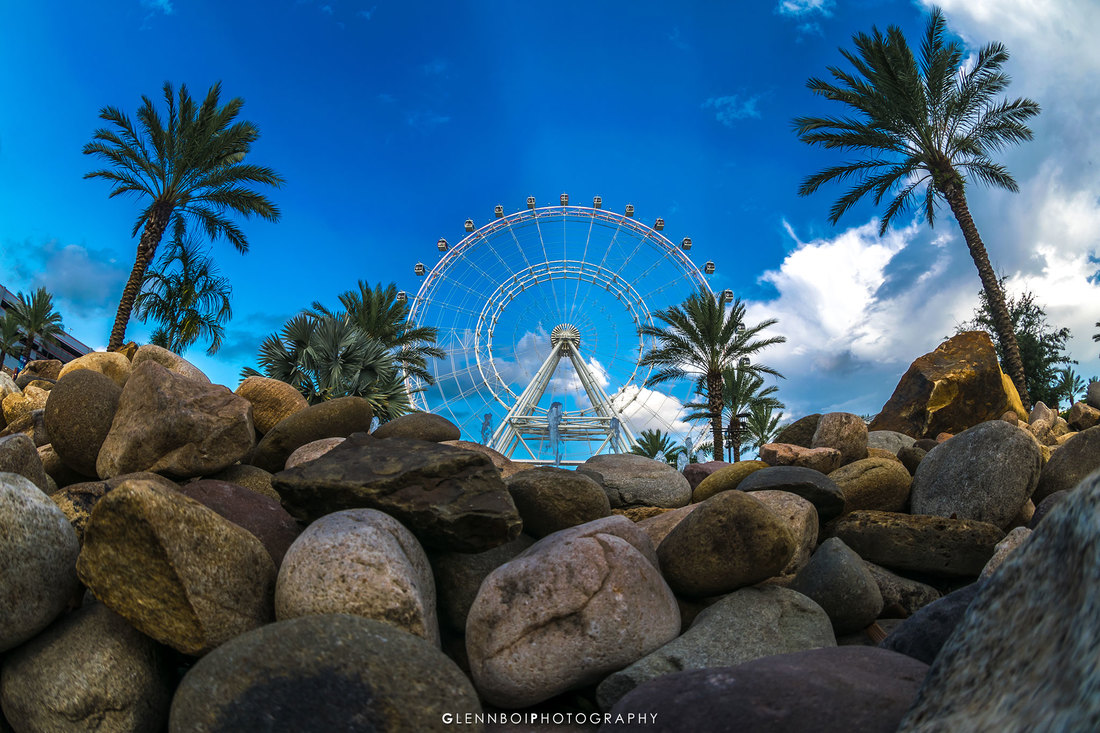
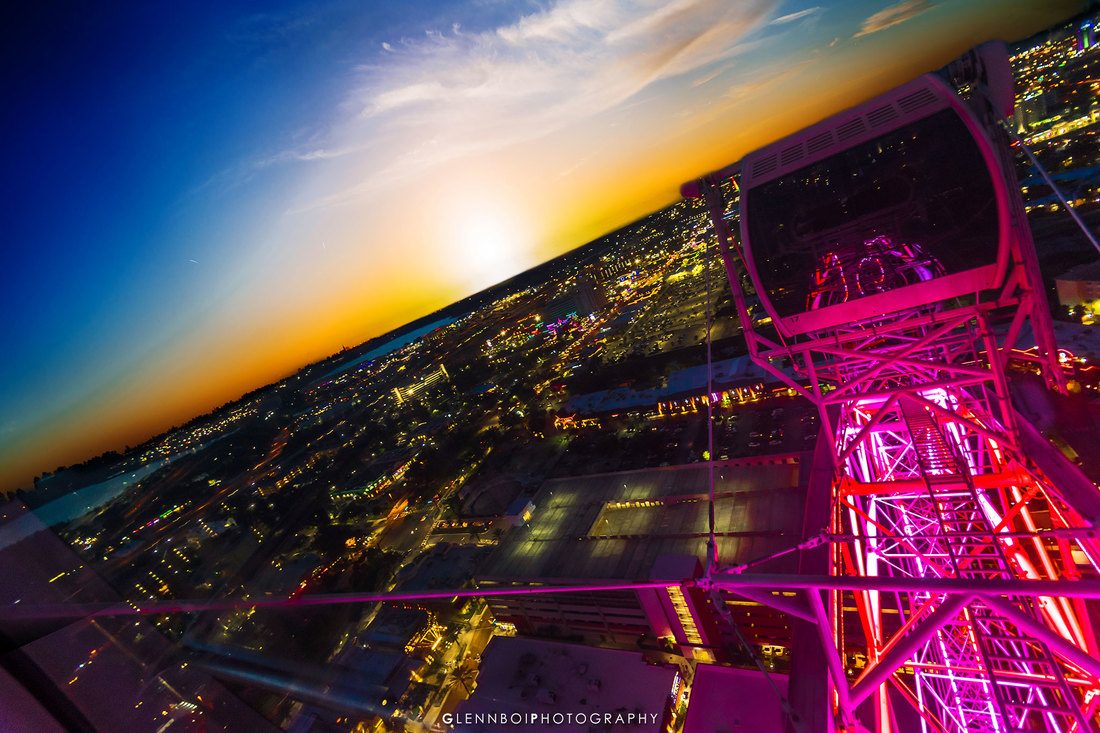
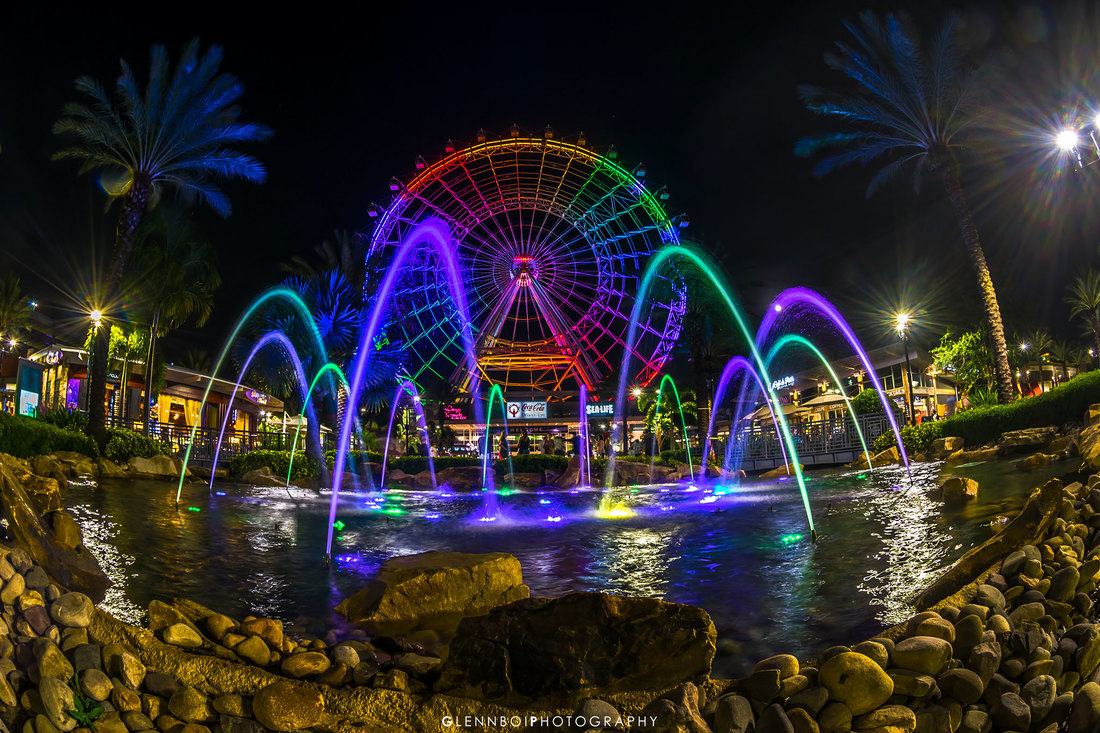
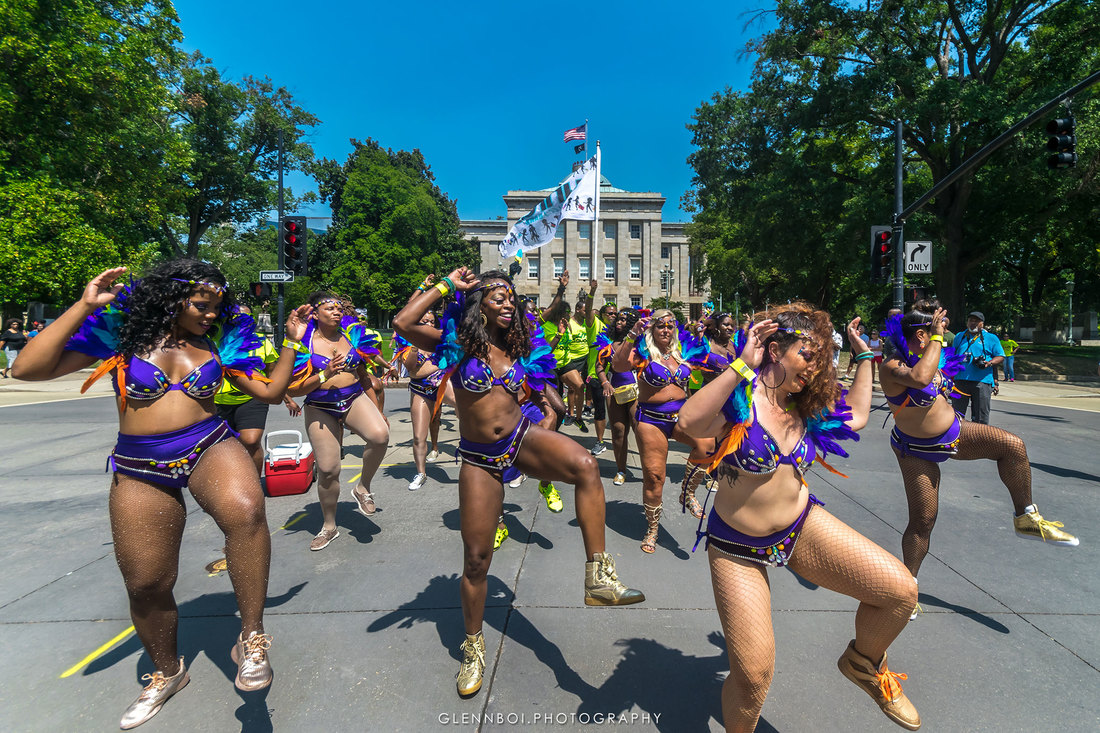
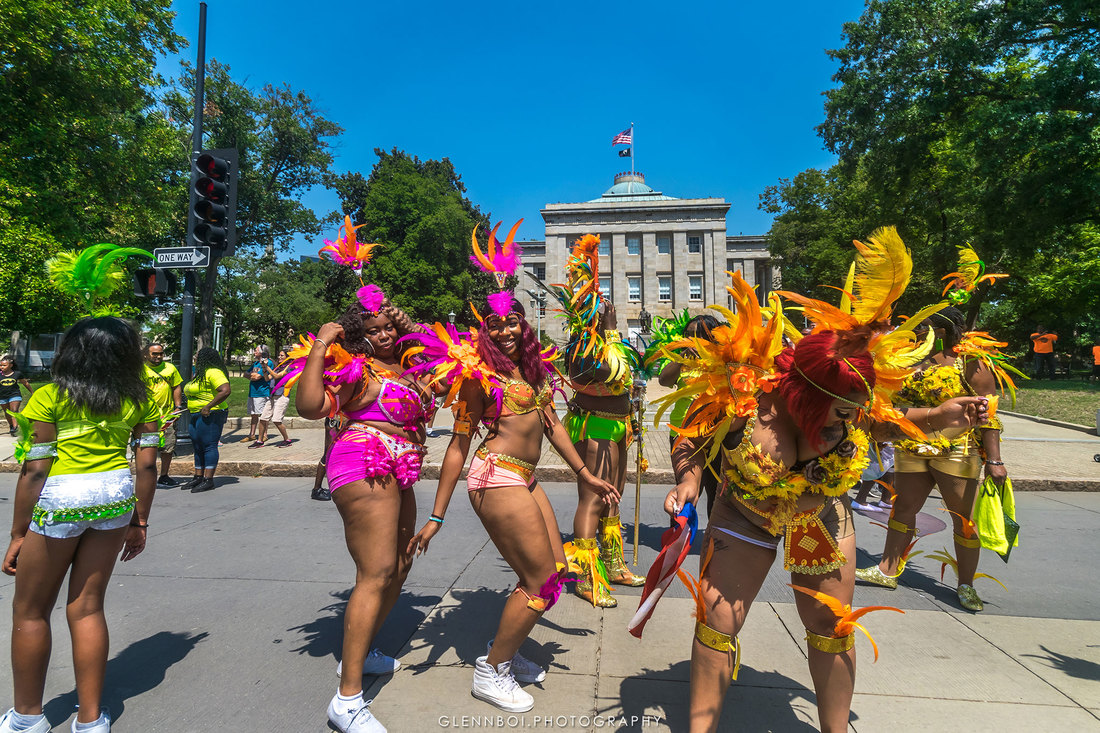

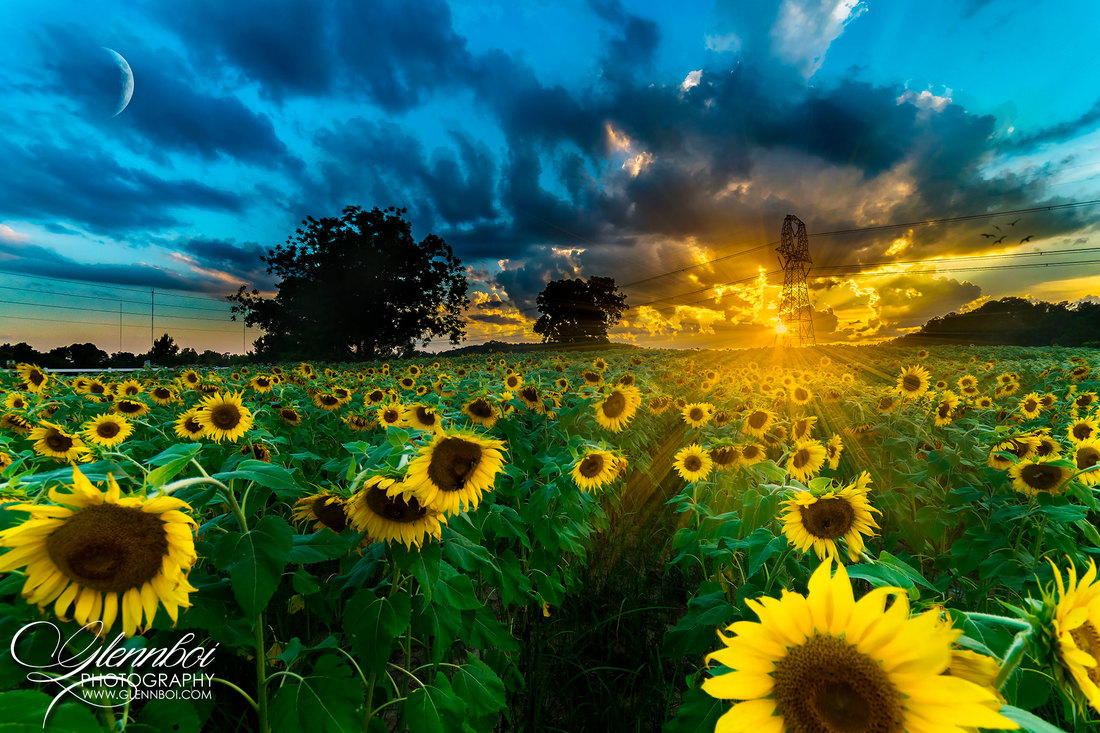
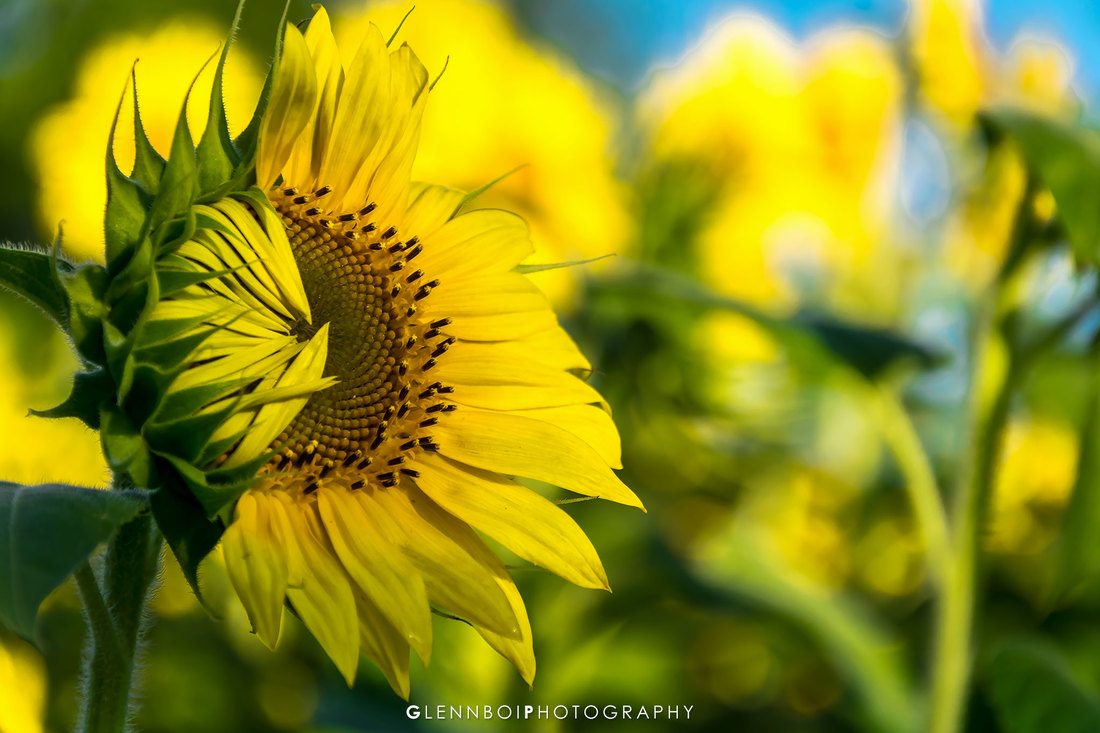
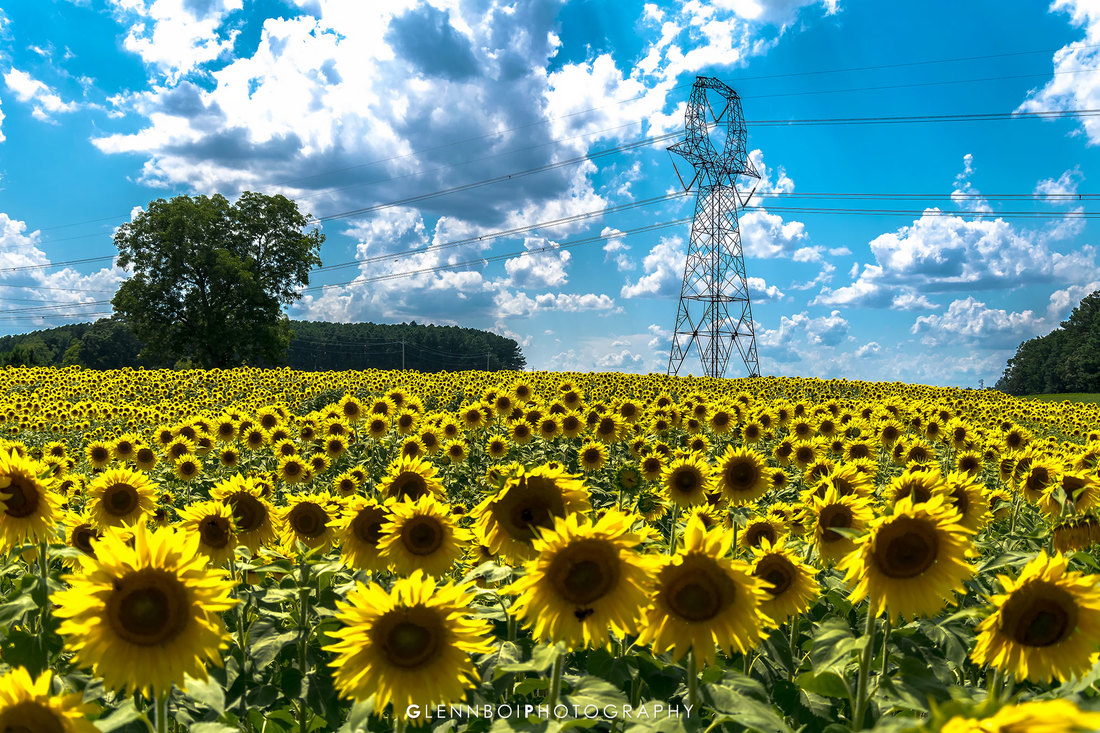
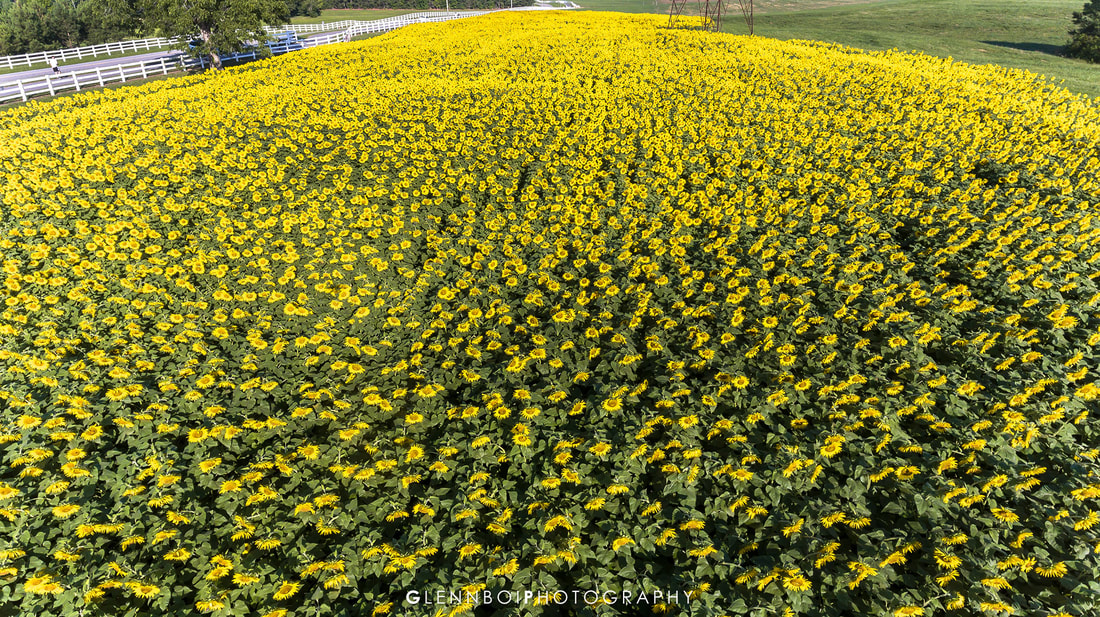
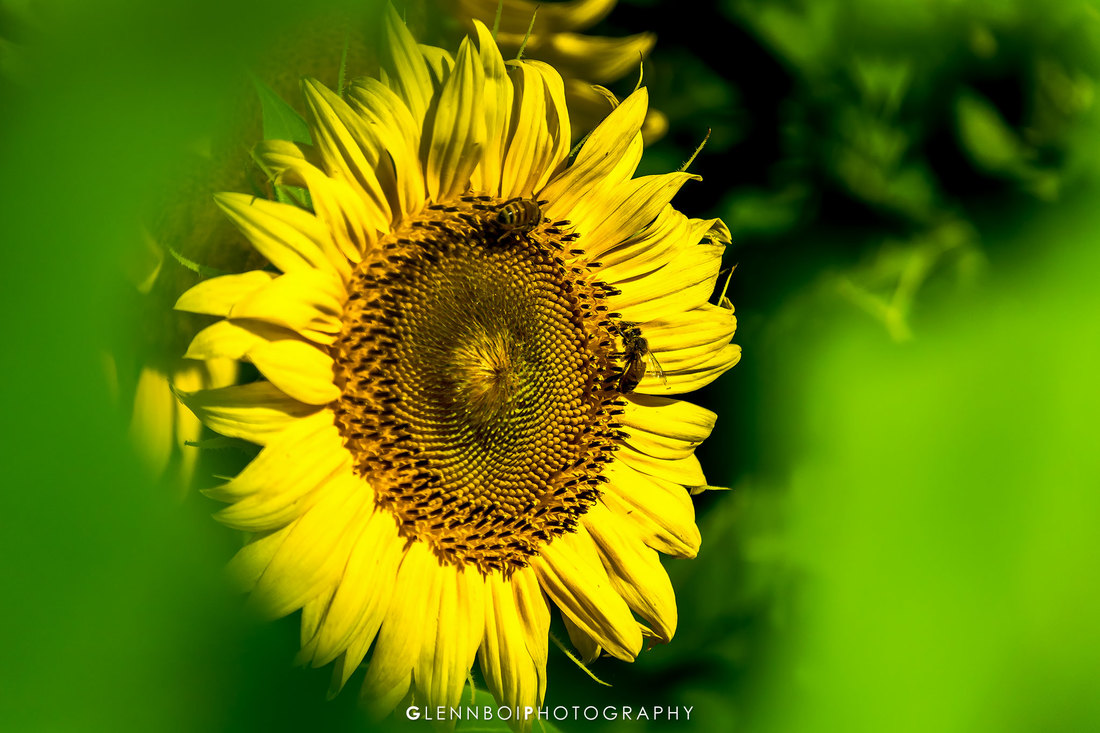
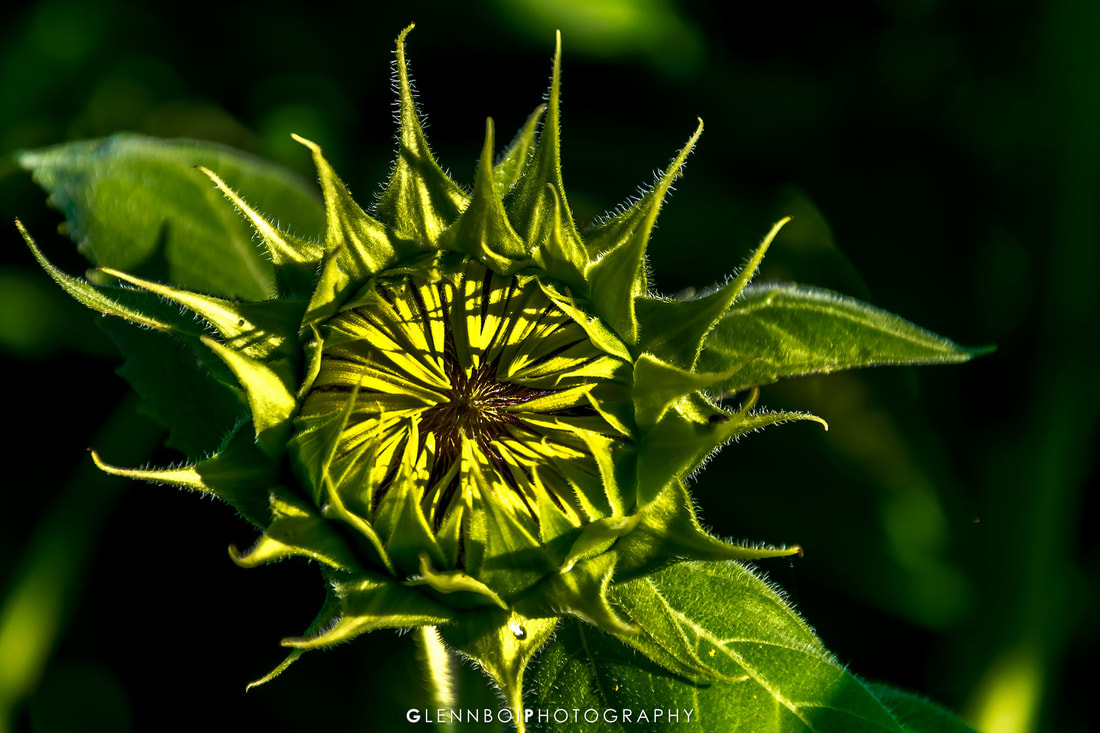
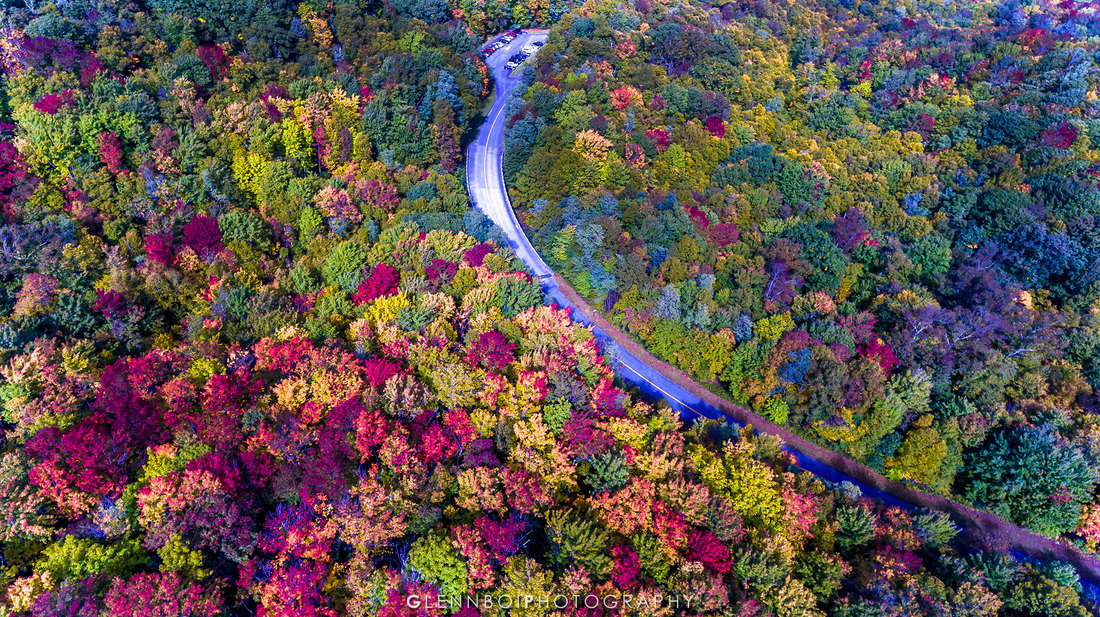
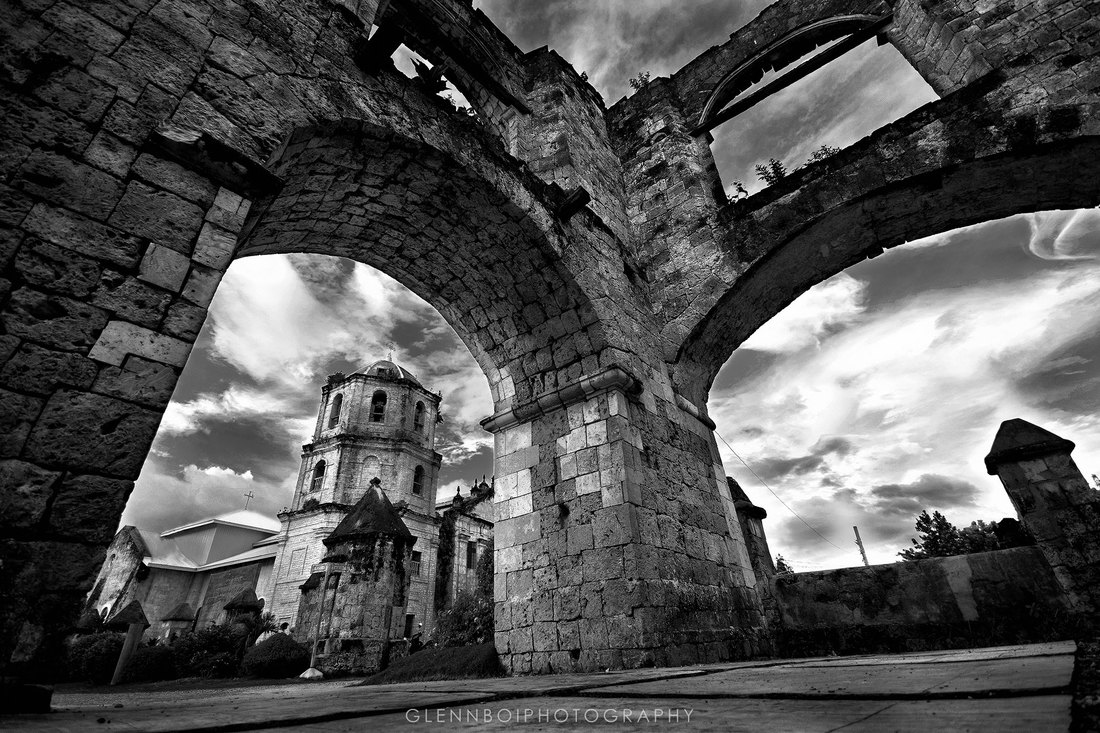
 RSS Feed
RSS Feed